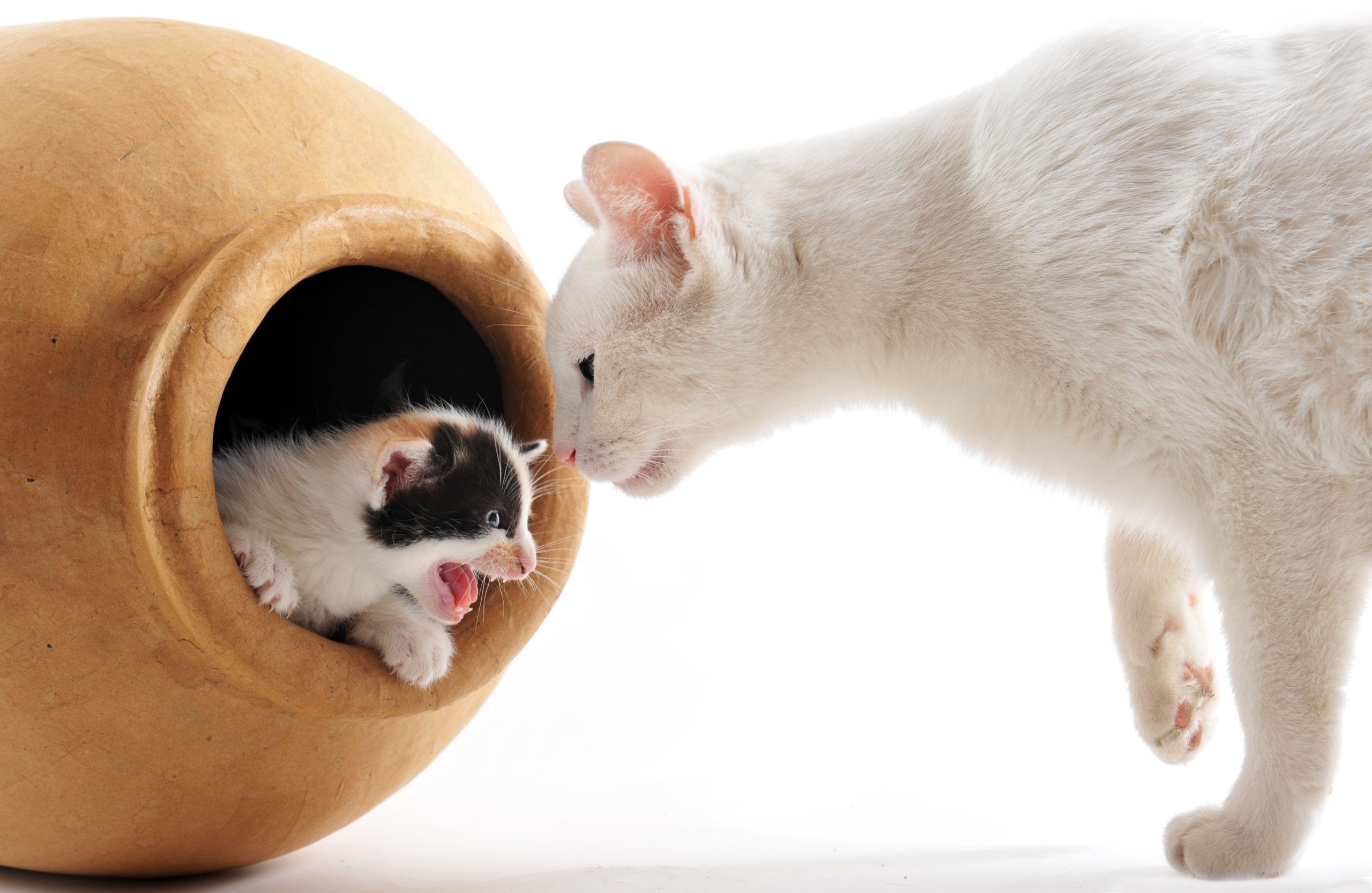Feline Leukemia Virus
Feline Leukemia virus (FeLV) is a highly infectious retrovirus that infects cats of any age. In data collated by IDEXX, the prevalence of FeLV in Singapore was found to be about 13%.
How is FeLV transmitted ?

The virus is fragile and cannot survive in the environment for long periods. As such transmission requires prolonged period of close contact. The virus is found in large quantities in affected cat’s saliva. FeLV is also shed in blood, urine, faeces, nasal secretions and milk. Sharing of food, water bowl and litter boxes are all common methods of virus transmission. The virus is also spread amongst cats by bite wounds and mutual grooming. Infected queens can infect foetuses during pregnancy and when neonates are suckling infected milk.
Cats that live with an infected cat or bitten by an infected cat have a great risk of contracting FeLV. Kittens are more susceptible to FeLV infection than adult cats due to their immature immune system. However, even healthy adult cats can become infected if exposure is great.
How does FeLV affect cats ?
FeLV attacks and replicates in the cat’s body by changing the genetic code of cells. This results in the cell dying or mutating resulting in potentially cancerous change.
Cancers can occur in any part of the body depending on the type and location of cells affected. Leukemia results from cancer of the white blood cells while lymphoma results from cancer of the lymphoid cells.
FeLV results in the immune system being suppressed leading to an increased risk of the cat being affected by other diseases including neurological disease, eye disease and intestinal disease.
There is no known cure for FeLV and affected cats usually die within 3-4 years of initial diagnosis.
Clinical Signs
During early stages of infection, cats may exhibit no signs of disease. As the immune system deteriorates, symptoms of illness will start to show.

These include:
- Inappetence
- Persistent fever
- Poor coat
- Weight loss
- Enlarged lymph nodes
- Diarrhoea
- Infection of gums and mouth
- Eye diseases
- Abortion in queens
- Skin infections
- Flu symptoms
Diagnosis
The most common method of diagnosis is using an enzyme-linked immunosorbent assay (ELISA) which detects a protein component of the virus called the FeLV P27. This is done in the clinic and results are obtained within 15 minutes. A positive result means that the cat has the virus in the bloodstream. It does not differentiate between early and late stages of infection. The limitations of this test is there might be false positives.
A Polymerase Chain Reaction(PCR) test remains the gold standard confirmatory test to definitely diagnose FeLV infection. This test is sent out to an external lab and results will take a few days.
Treatment and Prevention
There is currently no cure for FeLV. Affected cats are treated by managing their symptoms. Antibiotics are given for bacterial infections while blood transfusion may be done to manage anaemia.
As a result, it is important to ensure that the risk of a cat contracting FeLV is low. Any new cats to the household should be tested before coming into contact with existing cats at home. Cats should be kept indoors if stray cats are common in the neighbourhood. If outdoor access is allowed, supervise these cats. Cats that are positive should be housed separately from infection-free cats. Food, water bowls and litter trays should not be shared between infected and non-infected cats.
There is a vaccine available to provide protection against FeLV. As not all vaccinated cats will be protected, preventing exposure is still important to ensure non-infected cats do not contract the disease. Vaccinating a cat does not interfere with subsequent blood testing for FeLV.
Prognosis
The prognosis can vary depending on the disease manifested and the availability of supportive treatment for secondary infections. Studies show that the median survival time for FeLV-infected cats is 2.5 years.